![]()
The contents on this page remain on our website for informational purposes only.
Content on this page will not be reviewed or updated.
![]()
The contents on this page remain on our website for informational purposes only.
Content on this page will not be reviewed or updated.

WOLVERTON WORKS
With the formation of the London and Birmingham Railway in 1833, it became evident that there was a need for a railway works along the line, and so in in 1838 a maintenance and repair facility was built at Wolverton, half way between the railway's city termini.
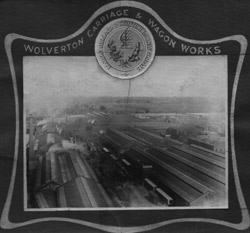
The Works was established on land bought from the Radcliffe Trust and situated conveniently adjacent to the Grand Junction Canal. The first building was constructed on a large square plan witth two floors, and fitted out with boilers and lifting shops. Also provided was an iron foundry and wheel shop.
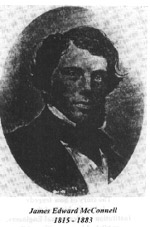
By 1845 locomotive construction commenced under the superintendence of Mr.J.E.McConnell. The most famous of the early engines emerging from the workshop was the 'Bloomer' type, so called because of the high running plate, exposing a lot of the drive mechanism, and likened to the fashion of the day worn by Mrs.Amelia Bloomer, who outrageously exposed a lot of 'leg'.
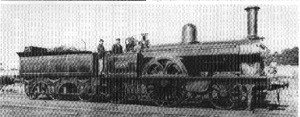
Over the years the Works increased in size eventually occupying over 80 acres, behind the long high wall in Stratford Road, Wolverton. There were extensive shops for preparing all the materials necessary for locomotive, carraige and wagon construction, not to mention numerous types of road vehicles and ancillary railway fittings.
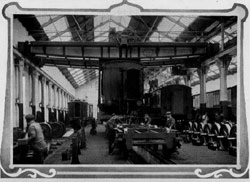
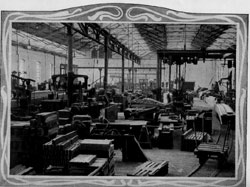
By 1877 locomotive construction had ceased and the works concentrated on wagon and carriage construction., as well as repair of vehicles. Over the years there were many innovative technical and engineering developments made at the Works, such as a chain braking system, special carriage lighting sets, and in the early years of the 20th century, a production line construction known as the Progressive System.
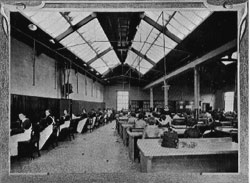

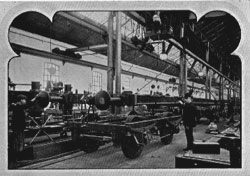
Products from the Works were many and varied - in their heyday they produced a range of passenger carrying and goods rolling stock, to meet the everyday needs of the railway company. Specialist vehicles were also produced. Not so well known were the road vehicles produced for the railway company. Indeed when 'Our Tram' was under London & North Western ownership the tram vehicles and the locomotives were maintained in the railway works, and underwent substantial rebuilding.
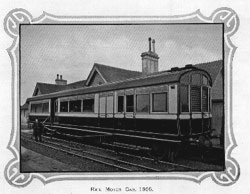
During both World Wars the Works contributed significantly to the war effort, raising funds and producing items for both the Army and Air Force. In the Great War the Works produced a number of special ambulance trains that were used to assist the transport of wounded soldiers. During the Second World War the production from the Works was more diverse ranging from construction of timber framed Horsa gliders, as well as military vehicles and munitions.
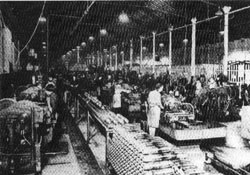
Over the years the Works have been known for construction and maintenance of the Royal Train. In earlier each railway company had a special set of carriages, reserved for the use of the Royal family and their guests. No expense was spared in the construction of these vehicles, from lavish panelled interiors completed with plush upholstery, to the finest fittings and ornaments. The most skilled craftsmen were employed on Royal train work, and many also travelled with the carriages, accompanying the Royal party to ensure that there were no unforeseen situations. On the formation of British Railways when the 'Big Four' were nationalised in 1948, economies prevailed and the number of Royal carraiges were reduced. Today the Royal train is housed at Wolverton, and although the styles may have changed over the years, and its use reduced, the same degree of care and attention is given to the upkeep of the carriages to ensure that they are fit for the monarchy.
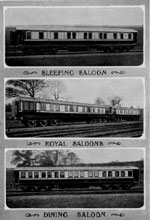
Today the Works have sadly diminshed in size from their heyday, and the earliest buildings have been demolished to make way for a supermarket, they still provide a significant coach refurbishment service for private train operators, albeit that the Works is under private ownership.